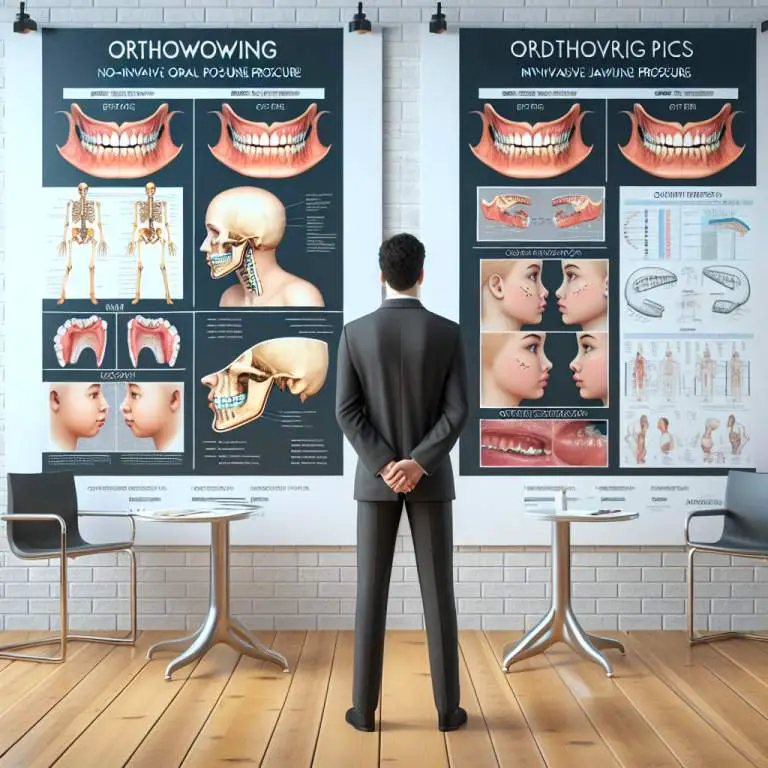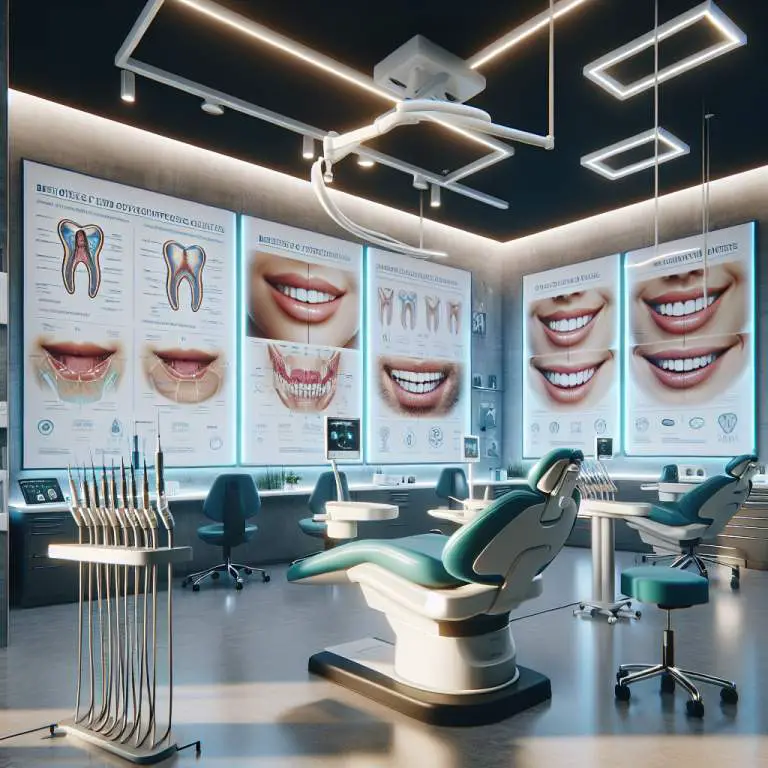How sustainable are mewing results compared to jawline contouring surgeries?
Mewing results, which come from changing how you position your tongue and jaw, can last a long time if you keep doing the exercises. However, they might not be as permanent as jawline contouring surgeries. These surgeries change your jaw’s shape for good. So, if you’re looking for a solution that lasts forever, surgery might be better.

How does mewing work to reshape the jawline?
Mewing is a technique that involves placing your tongue against the roof of your mouth. This position is supposed to help change the shape of your jawline over time. People who try mewing believe that it can make their jawlines look better by making small changes in how they hold their mouths.
The idea behind mewing is pretty simple. By keeping your tongue pressed up, you’re using muscles in a way that might help your jaw and face look different. It’s like a workout for your face. Some folks think this can lead to a sharper, more defined jawline if done regularly.
What are the key differences between mewing and jawline contouring surgeries?
Mewing and jawline contouring surgeries are two very different ways to try and change how your jaw looks. Mewing is all about exercises you do yourself, without any doctors or hospitals involved. It’s something you can start or stop anytime, and it doesn’t cost anything.
On the other hand, jawline contouring surgery is a medical procedure where doctors change the shape of your jaw with surgery. This kind of surgery usually happens in a hospital or clinic, and it costs quite a bit of money. Unlike mewing, once you have surgery, the changes are immediate but also come with risks like any other surgical procedure.
Can mewing provide results comparable to surgical options?
When people talk about changing their jawlines, some wonder if doing something simple like mewing can really give results like surgery would. The truth is, mewing works very slowly and subtly if at all. It’s not going to make big changes quickly or dramatically as surgery could.
Surgery can change the shape of your jaw in ways that are immediately noticeable. Mewing’s effects are much less certain and depend on doing it consistently over a long period of time. So while both aim to improve how your jaw looks, they work in very different ways and have different kinds of outcomes.
What is the typical timeline for seeing results from mewing?
If you decide to try mewing to reshape your jawline, don’t expect overnight success. Most people who talk about seeing benefits from mewing mention it takes months or even years of consistent effort before noticing any changes. And these changes might be quite small.
Since everyone’s body reacts differently, there isn’t a set timeline for when you’ll see results from mewing. Some might notice subtle improvements sooner than others, but patience is key with this method. Remember, unlike surgical options which offer quicker transformations, mewing requires time and persistence without guaranteed outcomes.
| Criteria | Mewing | Contouring Surgeries |
|---|---|---|
| Sustainability of Results | Can be permanent with consistent practice over years; results may diminish if practices are stopped. | Typically permanent, but aging and lifestyle factors can alter results over time. |
| Time to See Results | Months to years, depending on consistency and individual anatomy. | Immediate, with final results visible after recovery period (weeks to months). |
| Risks and Side Effects | Minimal to none; potential for TMJ issues if done incorrectly. | Vary by procedure; can include infection, scarring, dissatisfaction with results, anesthesia risks. |
| Costs Involved | No cost unless seeking professional guidance or therapy. | High; includes surgeon’s fees, anesthesia, facility costs, and potentially revision surgeries. |
| Naturalness of Results | Results blend seamlessly as changes occur gradually and naturally. | Depends on the skill of the surgeon; can look very natural or noticeably altered. |
| Maintenance Required | Ongoing practice necessary to maintain and improve results. | Limited maintenance; some procedures might require touch-ups. |
| Invasiveness | Non-invasive. | Invasive surgical procedures requiring recovery time. |
How do the costs of mewing compare with those of jawline contouring surgeries?
Mewing is a cost-effective method compared to jawline contouring surgeries. It involves exercises that you can do at home without spending money. You don’t need special equipment or a professional to guide you.
In contrast, jawline contouring surgeries can be quite expensive. The cost includes the surgeon’s fee, hospital charges, anesthesia, and other medical expenses. These surgeries can set you back thousands of dollars depending on the complexity and location.
What are the potential risks and complications associated with each method?
Mewing is generally safe since it involves natural exercises. However, if done incorrectly, it might lead to jaw pain or discomfort. It’s important to follow proper techniques and not overdo the exercises.
Surgical methods carry higher risks and complications. These can include infection, nerve damage, or dissatisfaction with the results. Recovery from surgery also involves pain and a period of downtime for healing.
How permanent are the results from mewing versus surgical interventions?
The permanence of mewing results varies among individuals. For some, consistent practice over years can lead to noticeable changes that last. However, these changes might revert if one stops practicing mewing techniques.
Surgical interventions usually offer more permanent solutions for altering the jawline’s shape. Once healed, the results are typically long-lasting. But like any surgical procedure, there could be a need for revisions in the future.
Final Thoughts
Choosing between mewing and surgical options depends on your goals, budget, and willingness to accept potential risks. Mewing offers a non-invasive approach that requires time and consistency but comes with minimal financial cost and risk.
Surgery provides quicker and more permanent results but at a higher cost and with greater risk. Whatever your choice may be, it’s important to weigh these factors carefully before deciding on a method for enhancing your jawline.







